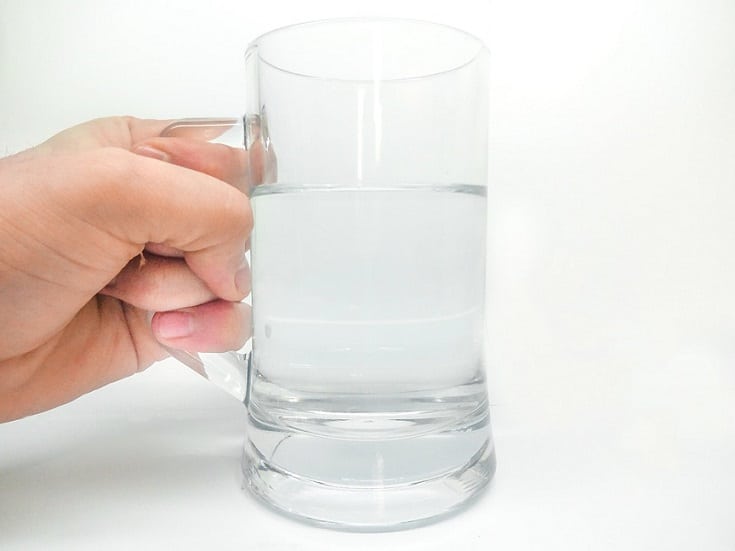Does the average human really drink THAT much water? It seems that wherever we turn, we are being told to drink more water while simultaneously being encouraged to conserve water; what are we supposed to do?
First things first, let’s get a handle on what the term “consume” means when it’s applied in this context. Water is taken in by humans in a variety of forms, and although drinking it is essential to our well-being, this consumption method accounts for just a small part of the total amount of water that is taken in by humans.
The human body is composed of between 60 and 70 percent water, and in order to keep this balance, which is essential to each and every cell in our bodies, we need to drink water on a consistent basis to replace the water that we have lost due to perspiration, urination, breathing, and other bodily functions. The human body is composed of between 60 and 70 percent water.
Because we perspire more when it is hot out or when we are doing strenuous physical work or exercise, we need to increase the amount of water that we consume to prevent muscle cramps, exhaustion, and heat stroke. Because a shortage of water in the body leads to dehydration, which prevents the body from functioning at its best, this form of water consumption is the kind of thing that we absolutely cannot economise on.
Other uses for water include maintaining personal cleanliness, cooking and the preparation of food, participating in recreational activities, and watering our gardens. In addition, water is utilised in the production of power as well as in agricultural and industrial settings.
When it comes to individual usage, we may conserve a significant amount of water by ensuring that none of our faucets, pipelines, showers, or toilets have any leaks in them. We may also reduce our water consumption by limiting our watering of the garden to times of the day when the temperature is lower and the wind is calmer. This will ensure that the water is distributed evenly across the garden and will not be lost to evaporation or misdirected onto the walkways.
The toilet is one of the largest consumers of water in the home; replacing a standard toilet with one that has a lower flow rate would save thousands of litres of water per year, as will installing a showerhead with a lower flow rate. Make sure that you only wash complete loads, as this will prevent you from wasting a significant amount of water that would otherwise be used by running the washing machine or dishwasher with only a partial load.
It is also our responsibility to guarantee that we serve as watchdogs for the usage of water in industrial settings and raise our voices if we become aware that any company is wasting water in any way.
Living-Water is a company that offers water coolers for rent as well as water coolers for purchase online. Purchase water coolers that are fed by the mains or that use bottled water for your house or office.






